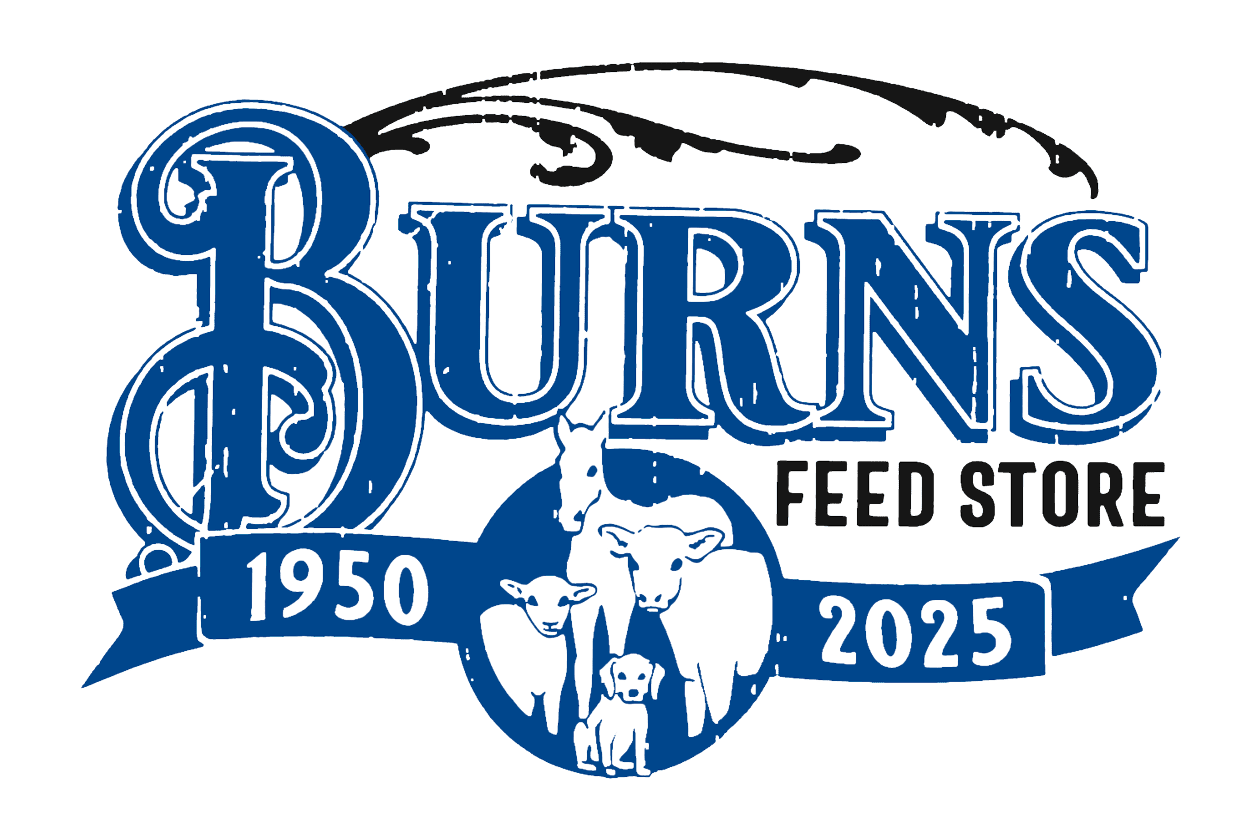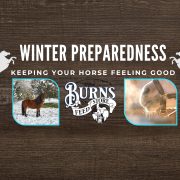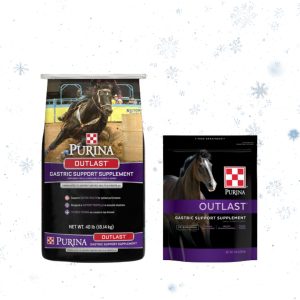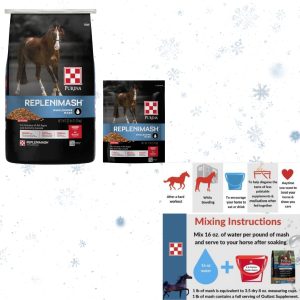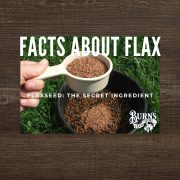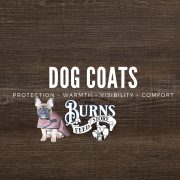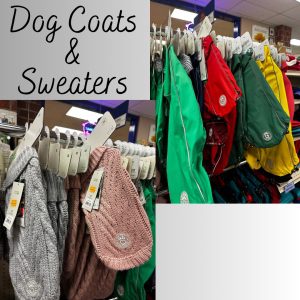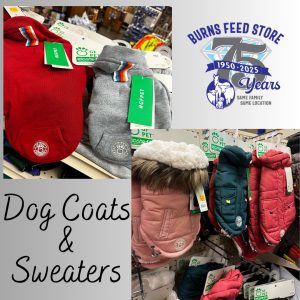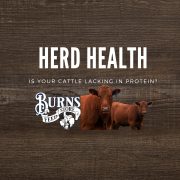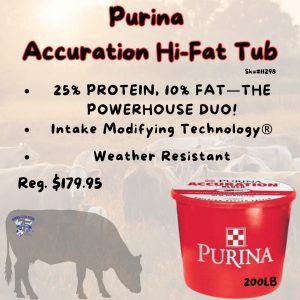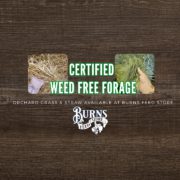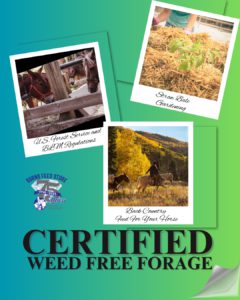Winter Woes: Three Common Gastric Health Concerns for Your Horse This Winter
The cold winter weather has arrived, bringing along some challenges for horse owners. Here are three prevalent gastric health issues that horses may face during this season: Dehydration & Colic, Weight Loss, and Loose Stool. At Burns Feed Store, we are here to assist you in finding the right solutions to keep your horse healthy and make your winter months stress-free.
Dehydration & Colic
While dehydration is often a concern in summer, it can also be a challenge during the cold months. As temperatures decline, your horse’s inclination to drink water may diminish. Cold weather can lead to frozen pipes, buckets, and stock tanks, limiting your horse’s access to water.
Dehydration poses serious risks to your horse’s health, increasing the likelihood of colic. A lack of water in the gastrointestinal tract can hinder the movement of food particles, leading to potential impactions, especially in the large intestine.
Tracking your horse’s daily water intake can be difficult with automatic waterers and stock tanks. To prevent dehydration, it’s crucial to recognize the early warning signs before they escalate into a bigger issue.
Signs of Dehydration:
Pinch Test: Pinch the skin on your horse’s neck or shoulder and observe how quickly it returns. If it remains elevated for several seconds, dehydration may be present.
Eyes and Gums: Look for wrinkled eyelids, dull or glazed eyes, and dark red gums along with mucous membranes in the nose and mouth.
Behavior: Monitor for sluggishness, lethargy, or depression. Also, check for shallow panting or a body temperature above 102 degrees.
Ensure your horse always has access to fresh, clean water, day and night. Regularly check automatic, heated waterers for consistent flow. If possible, provide warmer water, as horses tend to drink more when the water temperature is higher. Adding 1-2 ounces of salt to their feed daily or using an electrolyte supplement, like Purina Replenimash, can also aid hydration while offering tasty nutrition to keep your equine friend healthy and happy.
Weight Loss
Although winter often leads to decreased activity for horses, they still burn significant calories to maintain warmth in colder temperatures. It’s crucial to sustain your horse’s weight during winter, often requiring an increase in caloric intake. Long winter coats or blankets can hide weight loss, so maintaining a regular grooming schedule helps you monitor your horse’s ribs to ensure they are retaining weight.
Many horse owners may opt for grain to boost caloric intake, but abruptly increasing grain can elevate the risk of colic. It’s essential to carefully read your feed labels. Commonly, stables use scoops—sometimes old coffee cans or other makeshift devices—when serving grain or supplements. Weight loss can be particularly challenging for older horses, as their digestive systems may function less efficiently and dental health might be compromised. Always consult with your veterinarian regarding any weight loss in your horse, regardless of age, to rule out medical issues and explore other contributing factors. Teeth are vital for proper digestion, nutrient absorption, and weight maintenance.
Loose Stool
Loose stool can occur at any time, but it can be especially troublesome during winter. Nobody enjoys gastrointestinal issues. Diarrhea can arise from various causes, including infections, dietary changes, and stress. The first step in addressing diarrhea is to consult your veterinarian to rule out any serious health concerns that may require immediate attention. It’s also wise to assess your horse’s environment for potential contributors to the issue.
Sudden dietary changes can trigger loose stool, so gradual transitions are beneficial. This includes changes to hay, as rapid shifts can lead to incomplete fermentation in the hindgut. When feeding large amounts of concentrates high in starch or sugar, it’s advisable to break feedings into smaller, more frequent meals throughout the day rather than one large serving. Slow-feed hay nets can also help in gradually introducing changes to hay.
Sudden temperature shifts can cause stress for horses, creating an unfavorable environment in their gut. If horse owners decide to keep their horses in stalls during inclement weather, this can also induce stress if it’s not part of their regular routine. If horses are not wet or shivering and have access to shelter, they are typically fine to remain outside. Providing ample turnout is essential, as unrestricted movement promotes proper gut function and generally leads to a happier horse.
Burns Feed Store is here to assist you in selecting the right digestive, hydrating, and gastric support products.
Providing your horse with top-notch, science-backed digestive support is a vital aspect of horse ownership. Some of our top products include:
Purina MQ Systemiq
This is not just another probiotic; it is research-driven and results-proven. Backed by over a decade of equine microbiome research, Systemiq® delivers real benefits where your horse needs them most.

Key Features:
Live & Active probiotics
Survives the pelleting process and harsh stomach acid
Supports GI health and exercise recovery
Delivers results where other supplements may fall short
Purina Outlast Gastric Support Supplement
Formulated to promote gastric health and maintain proper pH, Outlast includes a unique blend of ingredients designed to support gastric balance, giving you and your horse confidence in performance.

Designed to Support Gastric Balance
Purina’s Ph.D. Equine Nutritionists have dedicated hundreds of hours researching Outlast® at our cutting-edge nutrition research farm in Missouri.
Field-Tested and Horse-Approved
Hundreds of performance horses across the country participated in our nutrition research.
Flexible Feeding
Research shows horses enjoy Outlast® as a top-dress or fed as a snack before stressful events.
Incredible Value
While your horse’s comfort is priceless, Outlast® offers an affordable option for supporting gastric health.
Purina Replenimash: Hydration ~ Recovery ~ Comfort
Experience Exceptional Hydration with Purina RepleniMash!

Get ready for an outstanding hydration experience with Purina RepleniMash! This incredible blend is filled with hydration benefits and nutritious ingredients crafted to keep your equine friend healthy and content.
Much More Than Just a Mash!
Ensure your horse stays hydrated and recovers effectively with Purina RepleniMash! Enriched with electrolytes, beet pulp, and flaxseed, it offers support for:
Hydration post-exertion
Healthy gut and gastric comfort
A shiny coat and healthy skin
Easily conceals medications
Ideal for post-workouts, long journeys, or chilly nights, give your horse the revitalizing boost they truly deserve!
Feeding made simple: Just mix it with water and serve. They’re sure to enjoy it!
